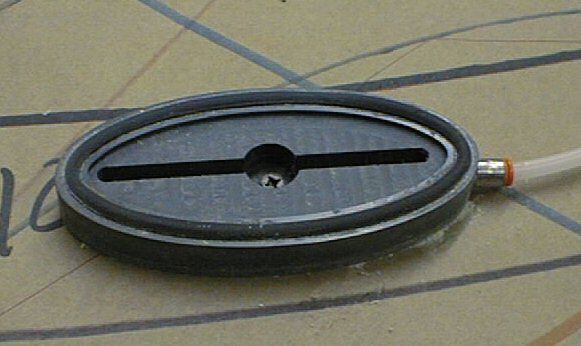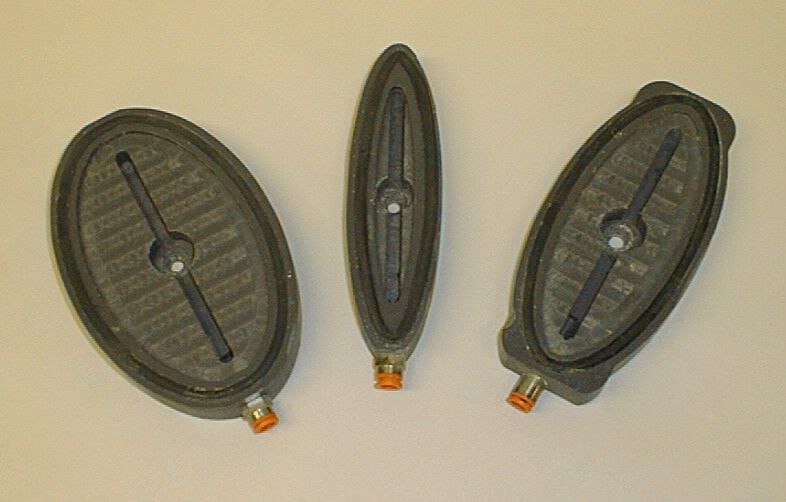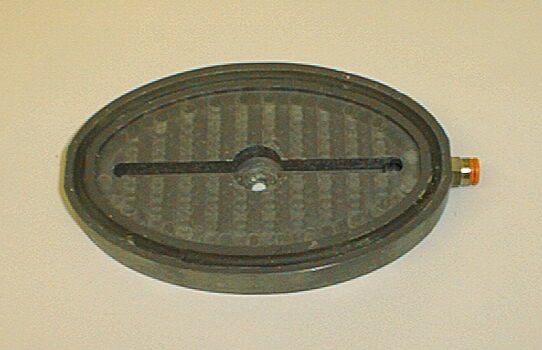Question
Anyone with experience using PVC vac pods? Is PVC too slippery for vac pods? We would be making 4" - 6" - 8" pods for holding down small solid hardwood parts for machining. Before we go to the time and expense of buying PVC sheets and machining our own pods, I want to make sure the result will be satisfactory. PVC seems so slippery so I just wonder if the pods would not hold small parts well.
Forum Responses
(CNC Forum)
From contributor D:
It's not really the pod that's holding the work; it's the vacuum and the gasket. The friction against the gasket material is probably the one thing keeping the work from slipping sideways, but adequate vacuum should prevent that. I think that PVC would work fine for what you are doing, but I would also make a test piece first, before making up a bunch of them.
I used 3/4" gray PVC I purchased in 12" x 24" sheets from McMaster-Carr. I cut the pods out in 3 sizes... 1 1/2" x 4", 2 1/2" x 4" and 3 1/2" x 4" for various moulding sizes.
A 3/16" groove 1/4" in from the perimeter on one face receives 1/4" round closed cell foam to form the gasket. The center of the same face has a slight recess to create an air space, beginning abut 1/4" in from the gasket slot. Finally there is a recessed center hole for screwing the pod down to the spoil board. A washer head screw works just fine here but you could use a rubber gasketed washer head screw as well.
In addition to the above details there is a 1/2" slot down the face side of the oval that goes right through the recessed screw hole. The slot starts about 3/4" in from the 4" ends of the pod. From one end I drilled and taped a hole in the 3/4" edge of the pod to receive a 1/4" quick connect tube fitting. The hole goes right into the end of the slot just mentioned. 1/4" polyethylene tubing connects the pods to a vac manifold running along the edge of the table.
These pods have held thousands of mouldings over the years. They were quick and easy to make and have proved extremely durable. If we do nick one with a bit we simply repair it with PC-7 epoxy, which even matches the color of the PVC.


